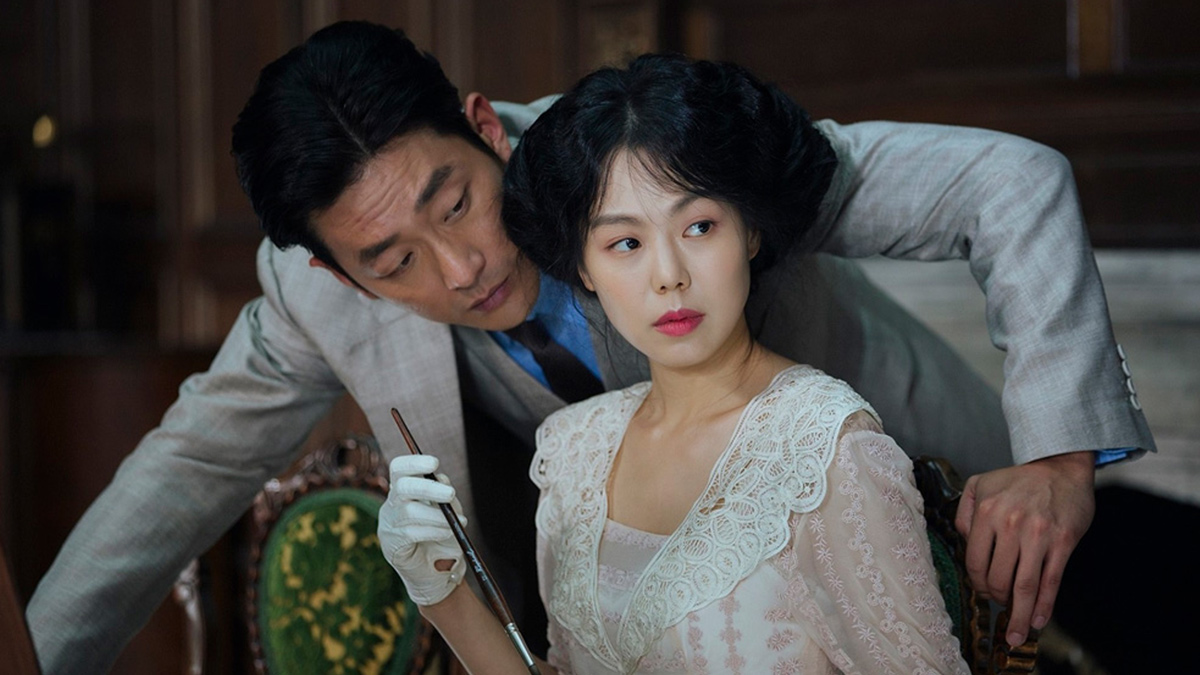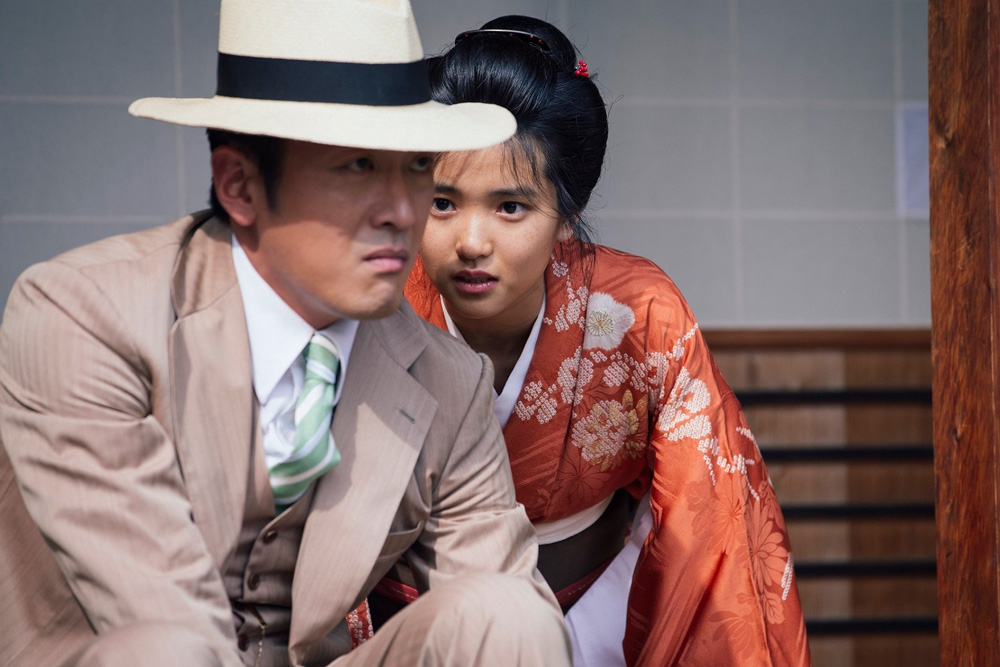
© 2016 CJ E&M CORPORATION, MOHO FILM, YONG FILM ALL RIGHTS RESERVED
“The Handmaiden” Park Chan-wook’s adaptation of the fairy tale of “Liberation” and “Empire” *Spoiler alert
2021.05.15
Aim of major changes to the original work's "Donggaeshi"
The key point of ``The Handmaiden'' as a mystery lies in the structure in which the story is told in three parts, each with a different narrator. The first part is from Sukki's perspective, the second part is from Hideko's perspective, and the third part is about what happens afterward. By reversing the characters' perspectives and showing things that were not visible at first, the whole story of Sukki and Hideko gradually becomes clear.
Hideko was born into a family of nobility (Japanese aristocracy), but due to the downfall of her maternal family and her mother's suicide, she is left in the care of her aunt's marriage partner, the Kozuki family. Kozuki, a Korean who aspires to become a member of the nobility, has abused Hideko since childhood, forcing her to read erotic novels in front of men and sometimes performing sexual performances. After her mother's death, Hideko is attacked by the thought, ``I wish I had never been born.'' She is robbed of her identity and dignity, and spends her days playing the role of a woman who is faithful to men's desires. He begins to think about suicide.
Suddenly, Sukki, who also lost her mother at a young age, appears in Hideko's life. However, unlike Hideko, Sukki does not seem to have much anxiety about her identity. In reality, Sukki lies about her origins and pretends to be a woman named Tamako, but perhaps because she is naive despite being a villain, she is not good at the task of ``acting'' at all. Sukki, who falls in love with Hideko, eventually deviates from the task of connecting the "Earl" and Hideko and becomes faithful to his own feelings.

“The Handmaiden” © 2016 CJ E&M CORPORATION, MOHO FILM, YONG FILM ALL RIGHTS RESERVED
What awaits at the end of the first part is Sukki and Hideko's plan to escape from the Kozuki family mansion. As per the "Earl's" plan, Sukki and Hideko sneak out of the mansion in hopes of missing Hideko's uncle. However, what is later revealed is that Sukki, who was supposed to have deceived Hideko, was actually deceived. Hideko and the "Earl" had already teamed up and were planning to send Sukki to a mental hospital in Hideko's place. This is the biggest twist in this work, and is a twist of the first story in the original story, `` Thorn Castle .''
Chan-wook made major changes to this twist when adapting ``Jung Castle'' into a film. The first part ends with the surprise that ``Sukki was deceived by Hideko'', which is consistent with ``Jiku no Shiro''. Sue, a former pickpocket girl who corresponds to Sukki, is completely unaware that she has been deceived until the moment she is sent to a mental hospital. However, in the second part of this work, which is told from Hideko's perspective, new facts that Sukki and the audience did not know are presented one after another. In the end, it is revealed that Sukki was actually ``pretending'' to have been deceived by Hideko.
To begin with, for Hideko, Tamako-Sukki was nothing more than a tool to help her escape from the Kozuki family. However, Hideko's plans start to go awry when she falls in love with Sukki. On the other hand, even after marrying Hideko, Sukki suggests that she marry the "Earl" in order to continue her work. In despair, Hideko decides to commit suicide, but Sukki stops her at the last moment. Sukki confesses her plan while crying, and Hideko also reveals her plan with the "Earl." Thus, in the third part, the entire story of the two men's strategy to outwit the "Earl" is told.
This development from the second part onwards is very different from that of ``Thorn Castle''. In the original story, Maude, the daughter of Hideko, agrees to send Sue to a mental hospital even though she loves her. She works with the swindler Richard, who is also known as the "Earl," and visits the residence of the pickpockets where Sue was raised. Sue and Maud remain separated and develop a love-hate relationship, and in the end they learn The Truth about each other's birth. I would like you to get a taste of the ending of the story that was not made into a movie by reading ``Jiku no Shiro''.
In fact, Chan-wook used the fact that the development of the original work was different from his expectations as a starting point when adapting ``Jung Castle.'' This drastic change was the result of adapting the story with the intention of ``creating the ending I wanted'' and ``fulfilling my wishes as a reader in the movie.'' The second half of the original story is a complex human drama involving many characters, but ``The Handmaiden'' does not proceed in that direction, instead focusing on Sukki and Hideko fighting together and pushing forward from ``oppression'' to ``liberation.'' Ta. This is a choice that the original author, Sarah Waters, did not make, and The Handmaiden has been transformed into a story that is faithful to this spirit of ``emancipation.''
Something that represents the spirit of ``liberation''

